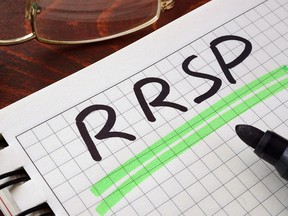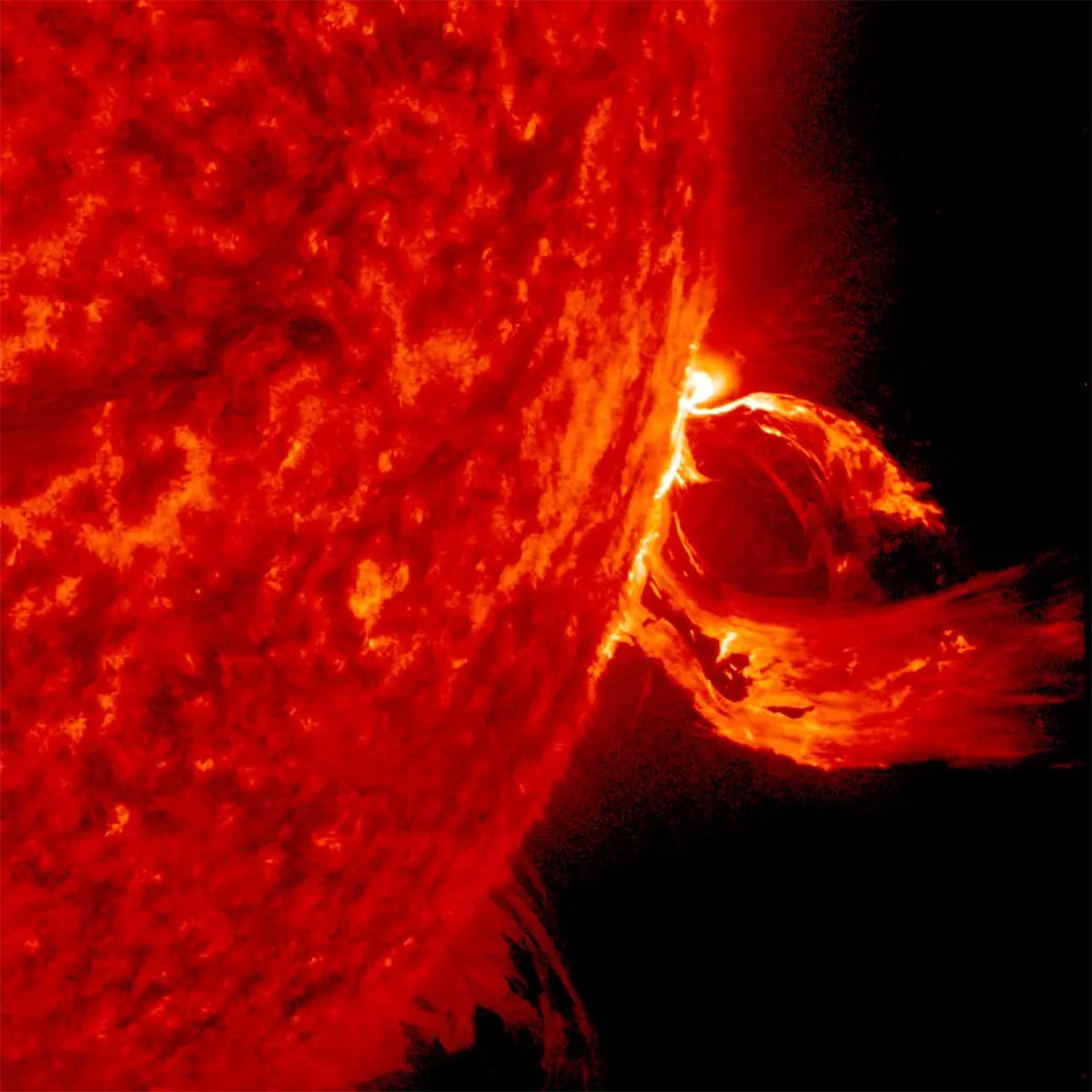Taxpayer hit with penalty for overcontribution after failing to appreciate the one-year lag
Reviews and recommendations are unbiased and products are independently selected. Postmedia may earn an affiliate commission from purchases made through links on this page.
Article content
If you participate in your employer’s pension plan, the amount you’re able to contribute to your registered retirement savings plan (RRSP) is reduced by something called a pension adjustment (PA).
Your PA amount, which appears on your T4 slip, is the value of the benefits you earned in the prior year under your employer’s registered pension plans (RPP) and directly reduces your RRSP deduction limit for the following year. The purpose of the PA is to limit your RRSP contributions to the extent that contributions were made to an RPP.
Advertisement 2
Article content
But it’s important to remember there is a one-year lag, such that contributions made to your pension plan by either you or your employer in, say, 2023, affect your RRSP deduction limit for 2024. A failure to appreciate this lag could potentially lead to an RRSP overcontribution and penalty tax, which is why one taxpayer ended up in court last month.
If a taxpayer makes a contribution to their RRSP that exceeds their deduction limit, the excess contribution is taxed at a rate of one per cent per month until it is withdrawn. There is, however, a mechanism under the Income Tax Act that allows the Canada Revenue Agency to waive this overcontribution tax if the excess contribution occurred because of a “reasonable error” as long as “reasonable steps” were taken to eliminate the excess.
If the CRA refuses to waive the tax, taxpayers have the right to seek a judicial review of the CRA’s decision in Federal Court, which is how the current case came to trial.
The case involved a taxpayer, the former chief executive of an airport authority, whose compensation plan included participation in a defined-contribution pension plan. The taxpayer also annually topped up his retirement savings by contributing the maximum amount allowed to his RRSP, as indicated on his annual notices of assessments.
Article content
Advertisement 3
Article content
The taxpayer’s troubles began in 2007, when he opted out of his employer’s pension plan, which had the effect of increasing the amount he could contribute to his RRSP. Going forward, instead of participating in the pension plan, his employer provided him with a lump-sum payment each year equivalent to that year’s maximum allowable RRSP contribution.
To illustrate, the taxpayer contributed to his RRSP maximum limit of $4,925 in 2007, when the maximum annual RRSP dollar limit for that year was $19,000, since he was limited by his pension adjustment from the prior year. In 2008, when he was no longer part of the pension plan, his RRSP contribution limit for that year was again reduced by his 2007 pension adjustment and was only $4,775, which was indicated on his notice of assessment.
Because the changes to his compensation occurred in 2008, the increase to his RRSP contribution limit would only come into effect for 2009, when the maximum RRSP contribution was set at $21,000.
The problem was that in January 2008, his employer made an RRSP contribution on his behalf of $20,000, presumably meant to capture the maximum $20,000 RRSP dollar limit for 2008, which resulted in an excess RRSP contribution of $20,891 from January 2008 to December 2008.
Advertisement 4
Article content
The excess contribution existed because the taxpayer’s RRSP contribution limit for 2008 remained at $4,775 and had not yet been adjusted to the 2009 maximum of $21,000 due to the one-year lag.
In 2009, the taxpayer’s notice of assessment indicated he could contribute the full yearly maximum RRSP dollar limit of $21,000 for that year. Had the taxpayer not made any RRSP contributions in 2009, the new $21,000 contribution limit could have been applied to his $20,891 excess contribution from 2008 and would have fixed the overcontribution as of Jan. 1, 2009.
But that’s not what happened since the taxpayer contributed another $21,000 to a spousal RRSP in 2009, meaning the previous excess contribution could not be “absorbed by attrition” on Jan. 1, 2009, when his 2009 new RRSP room opened up.
As a result, the excess RRSP contribution of $20,891 from 2008 became an excess RRSP contribution for 2009 and then for subsequent years since the taxpayer continued to maximize his RRSP contributions each year until 2015.
The taxpayer was first notified he had a problem on his 2009 notice of assessment, dated June 3, 2010, which stated the taxpayer “may have to pay a tax of one per cent per month on your RRSP excess contributions as your unused RRSP contributions … exceed your RRSP deduction limit.”
Advertisement 5
Article content
This warning was either ignored by the taxpayer, or perhaps not even seen, since he took no action to fix the problem until the CRA reached out to him again in 2014 by way of a letter indicating that he continued to have an excess RRSP overcontribution.
The CRA presented him with two options: he could either leave the RRSP excess contributions in the RRSPs and pay the overcontribution tax each year, or withdraw the funds from the RRSPs and stop the penalty for future years, but he would have to include the withdrawal as income for the year in which it came out.
The taxpayer chose a different approach, which was to simply not contribute in 2015 so that the new RRSP limit in 2015 would absorb, by attrition, the excess contribution that remained in his RRSPs, acknowledging that he “realize(d) it may not meet with (the CRA’s) requirements.”
The CRA refused the taxpayer’s request to waive the penalty tax, so he sought a judicial review of the agency’s decision in federal court, which then determines if the CRA’s decision not to waive the overcontribution tax is reasonable. Prior jurisprudence has interpreted this to mean that the decision bears the traditional hallmarks of reasonableness: justification, transparency and intelligibility.
Advertisement 6
Article content
The judge reviewed the facts and concluded the CRA’s decision to not cancel the overcontribution tax was reasonable since the case law supported the CRA officer’s reasons that a taxpayer who fails to understand the RRSP scheme or make any inquiries concerning their contribution limits cannot demonstrate that an error resulting in an excess contribution is reasonable. Furthermore, the taxpayer failed to take “reasonable steps to eliminate (the overcontribution) in due course.”
Recommended from Editorial
-

Taxpayer gets burned after blindly relying on CRA’s website info
-

Taxpayer who flipped a property eight years ago gets a CRA call
-

What the capital gains tax changes mean to you
Jamie Golombek, FCPA, FCA, CFP, CLU, TEP, is the managing director, Tax & Estate Planning with CIBC Private Wealth in Toronto. Jamie.Golombek@cibc.com.
If you liked this story, sign up for more in the FP Investor newsletter.
Bookmark our website and support our journalism: Don’t miss the business news you need to know — add financialpost.com to your bookmarks and sign up for our newsletters here.
Article content
























Discussion about this post